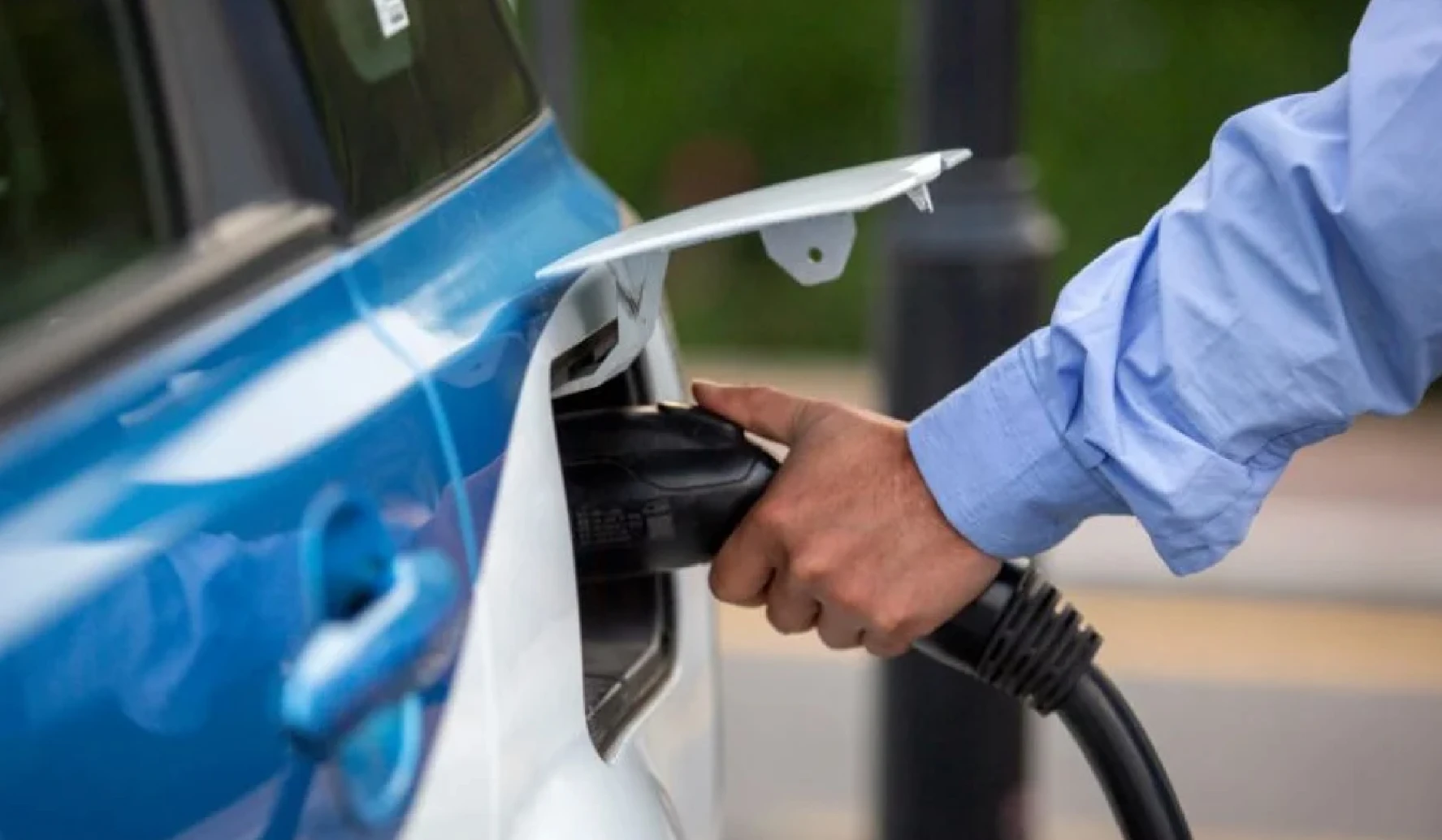PM flagged off the “e VITARA”, Suzuki’s first Made-in-India global strategic Battery Electric Vehicle (BEV) which will be exported to more than one hundred countries.
- PM also inaugurated local production of hybrid battery electrodes at the TDS Lithium-Ion Battery plant in Gujarat.
- This ensures that over 80% of battery value will now be manufactured within India.
About Battery Electric Vehicles
- These run entirely on a battery-powered electric drivetrain, which can be charged by plugging into the electricity grid.
- Main Components of BEV: Electric motor, Inverter, Battery, Control Module, Drive train etc.
- Working Principle: The power for the electric motor is converted from the DC Battery to AC.
Challenges
- Operational Issues: Such as limited driving range, and inadequate charging infrastructure
- High upfront costs For EVs: E.g. Batteries constitute almost 40 % of the capital cost of an EV.
- Lack of adequate awareness: Regarding EV performance among public and private stakeholders
- Environmental Concerns: About battery waste, reuse or recycling processes.
- Stressed existing electrical grids: Due to Increased EV charging demand.
Steps Needed
- Finance:
- Decoupling the cost of the battery from the cost of the vehicle e.g. through leasing batteries.
- Design and operationalize a blended fund that helps bring down the cost of capital for e-Trucks and e-Buses
- Scaling R&D on new battery technologies: to secure lower battery prices, higher energy density and reduced dependence on imported rare earth minerals.
- Strategic scaling of charging infrastructure: after due assessment of their viability at different locations
Green Mobility initiatives in India
|




